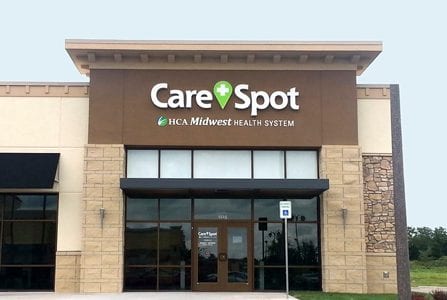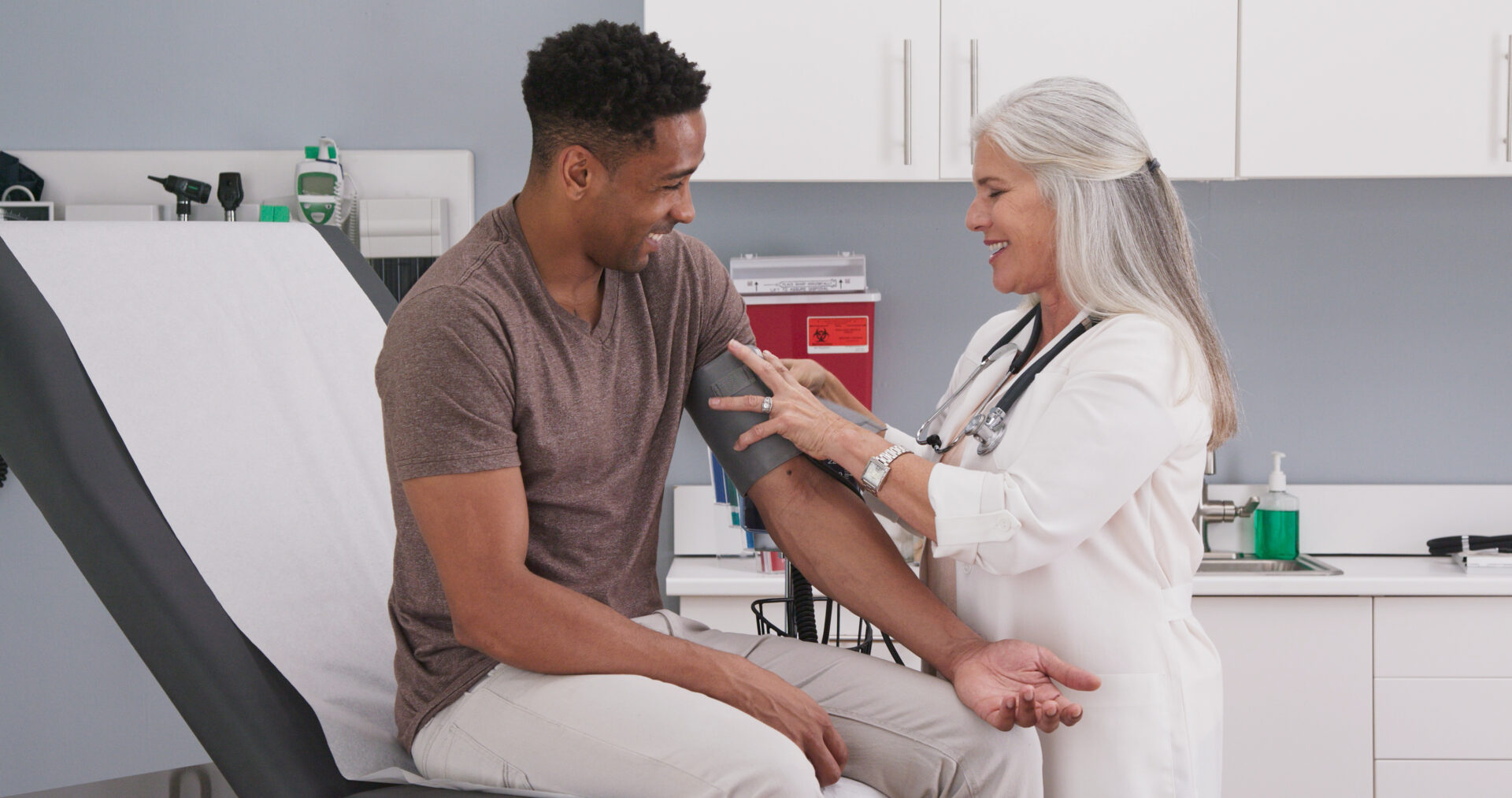How to Locate Dependable Urgent Care Clinics in Your Area
How to Locate Dependable Urgent Care Clinics in Your Area
Blog Article
The Significance of Urgent Treatment Centers in Connecting the Space Between Main Treatment and Emergency Providers
Urgent care centers have emerged as a crucial element of the health care landscape, efficiently attending to the important requirement for prompt clinical interest without resorting to emergency solutions. The developing duty of immediate treatment facilities raises important concerns concerning their combination within the wider medical care system and the effects for patient end results and resource allocation.
Introduction of Urgent Treatment Centers
Urgent care centers have actually become an important element of the health care delivery system, providing available medical solutions for non-life-threatening problems. These facilities usually operate outside conventional workplace hours, offering patients an option to emergency clinic and medical care settings. People looking for immediate care frequently present with issues such as small injuries, infections, or health problems that call for punctual attention yet do not position an instant danger to life or arm or leg.
Immediate care centers are staffed by a variety of healthcare professionals, consisting of doctors, registered nurse practitioners, and medical professional aides, who are equipped to identify and deal with various clinical problems. They typically include diagnostic devices such as X-ray machines and lab services, allowing them to give thorough care on-site.
The facility of immediate treatment centers has been affected by the raising demand for timely medical solutions in a busy society, where individuals might battle to secure consultations with primary treatment suppliers. Therefore, these centers intend to relieve blockage in emergency departments, improving general healthcare efficiency. Furthermore, immediate care facilities commonly function as a bridge between health care and emergency situation solutions, ensuring that individuals get appropriate care customized to their particular medical demands.

Benefits of Urgent Care Services
Accessing prompt treatment is a substantial benefit of urgent treatment solutions. These facilities supply immediate focus for non-life-threatening problems, successfully reducing wait times compared to traditional emergency situation departments. Clients looking for treatment for small injuries, diseases, or immediate wellness problems can obtain treatment without the long delays often related to hospital gos to.
Another secret benefit is the prolonged hours of procedure. Numerous immediate treatment facilities are open evenings and weekend breaks, suiting patients that might not have the ability to see their main care carrier throughout conventional workplace hours. This versatility makes immediate care an accessible alternative for those with busy schedules or unexpected health problems.
In addition, immediate treatment centers usually provide a broad array of services, consisting of diagnostic testing, X-rays, and standard lab solutions. This thorough technique permits quick medical diagnosis and therapy, boosting person satisfaction.
Furthermore, immediate care facilities are typically more affordable than emergency clinic, making them an attractive choice for individuals without insurance coverage or those with high-deductible strategies. In general, urgent treatment services play a crucial duty in providing easily accessible, timely, and budget friendly clinical treatment.
Comparison With Main Treatment
Generally, people commonly consider their choices in between immediate care facilities and medical care providers when looking for clinical attention. Both offer important duties in the health care system, yet they vary significantly in price, accessibility, and range.
Health care providers are generally the very first factor of get in touch with for clients, concentrating on long-lasting health administration, preventive treatment, and persistent illness management. They provide continuity of treatment, fostering a patient-provider relationship that allows for extensive health evaluations and tailored treatment strategies. Scheduling a consultation can be time-consuming, often calling for days or weeks in advancement. Urgent Care.
In comparison, immediate care centers supply prompt care for non-life-threatening problems that need prompt attention, such as small injuries or infections. These facilities typically operate outside of typical office hours, suiting individuals that may not be able to visit their medical care company during routine company times. Additionally, urgent treatment is usually much more cost-efficient than emergency clinic sees, making it an enticing alternative for those with minimal healthcare gain access to.
Eventually, while immediate treatment centers and medical care providers both contribute to person health and wellness, they accommodate distinct requirements, making it critical for patients to establish which alternative best lines up with their situations.
Emergency Solutions Communication
The communication in between immediate care facilities and emergency situation solutions is an important element of the healthcare landscape, specifically when individuals deal with circumstances that might intensify in seriousness. Immediate treatment facilities act as a bridge between primary care and emergency situation departments, dealing with non-life-threatening conditions that need prompt interest. This partnership enhances person outcomes and enhances source allowance within the health care system.
When individuals provide with immediate but not deadly issues, urgent care facilities can successfully manage their needs, alleviating congestion in emergency spaces. Facilities outfitted with analysis capacities can help with timely referrals to emergency situation solutions when a client's condition goes beyond the scope of urgent care therapy. This seamless interaction aids make sure that clients get the ideal level of care without unneeded hold-ups.
Additionally, effective interaction in between urgent care suppliers and emergency services is vital. Sharing patient info and therapy backgrounds fosters coordinated care, decreasing the risk of redundant examinations and procedures. As medical care proceeds to evolve, the dynamic partnership between immediate care facilities and emergency services will play a critical duty in improving person care effectiveness, contentment, and general wellness outcomes within the neighborhood.
Future of Urgent Care Facilities
As health care demands develop, the future of immediate treatment centers is positioned to end up being significantly integral to the overall clinical community (Urgent Care). These centers are likely to increase their roles by including sophisticated innovations, such as telemedicine, expert system, and digital health and wellness document assimilation. This will improve client gain access to and enhance treatment control in between urgent treatment, medical care, and emergency solutions
Moreover, immediate care centers are anticipated to expand their solution offerings to consist of precautionary care and chronic illness monitoring. This change will certainly place them as important parts in handling population health, minimizing the concern on emergency situation divisions, and dealing with gaps in health care schedule.
The growing trend of value-based care will certainly additionally speed up the improvement of immediate treatment facilities, triggering them to concentrate on client end results and complete satisfaction. Facilities may additionally embrace collective practice designs, functioning carefully with experts and health care providers to ensure extensive patient management.
Conclusion
Finally, immediate treatment facilities offer a crucial function in the healthcare system by providing instant access to treatment for non-life-threatening problems, properly resource alleviating stress on emergency situation services. Their prolonged hours and varied variety of services improve patient comfort and contentment, while also ensuring appropriate treatment distribution. As medical care requires remain to develop, the function of immediate care facilities will likely come to be go right here increasingly substantial, further bridging the void between medical care and emergency situation solutions.
The establishment of urgent treatment facilities has been affected by the boosting demand for timely clinical solutions in a fast-paced society, where people may struggle to secure consultations with key treatment service providers. Furthermore, urgent treatment facilities commonly serve as a bridge between key treatment and emergency situation services, ensuring that people get suitable care tailored to their certain clinical needs.
Several immediate treatment facilities are open evenings and weekend breaks, accommodating clients that might not be able to visit their key treatment supplier throughout typical workplace hours (Urgent Care). As health care continues to progress, the dynamic partnership in between urgent treatment facilities and emergency services will play a pivotal function in boosting individual treatment effectiveness, contentment, and total health end results within the area

Report this page